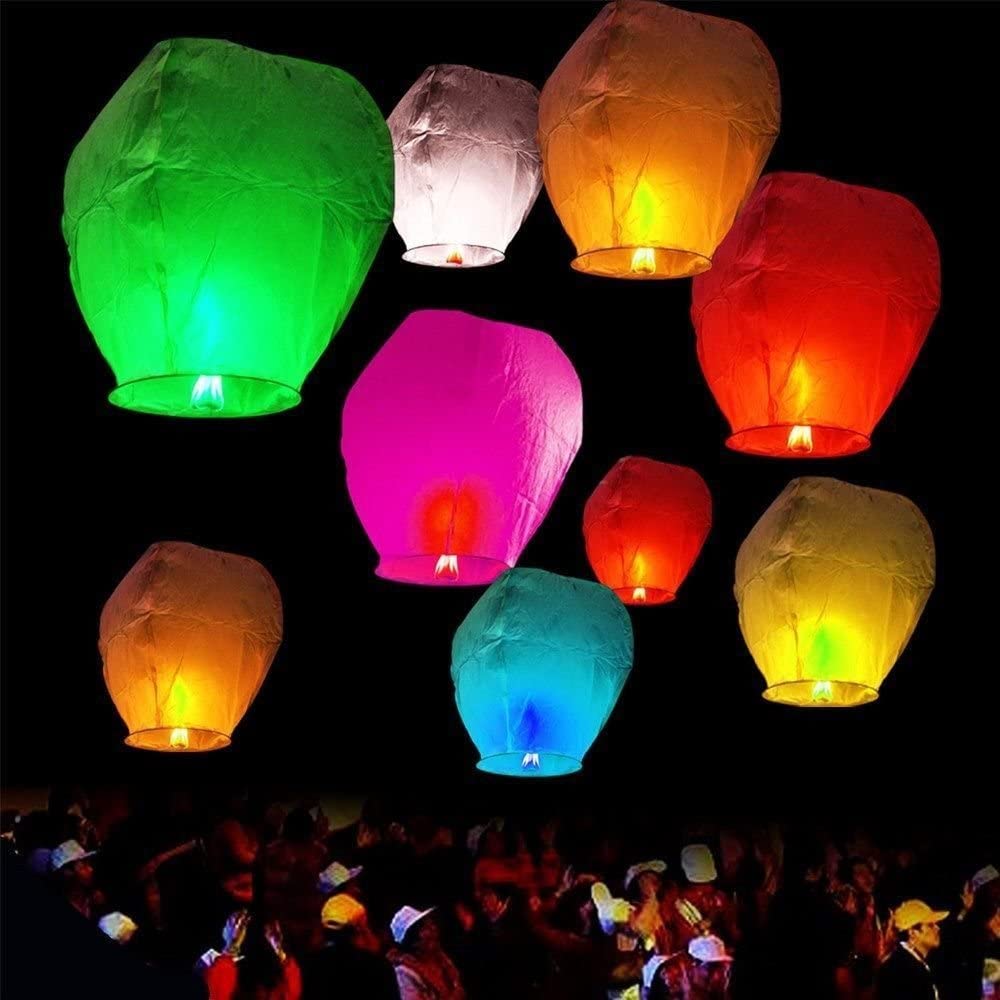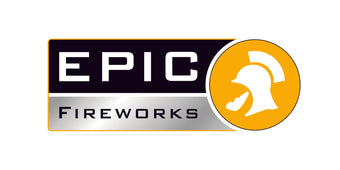
Chinese Lantern Festival 2014
The Lantern Festival is one of the most important of five traditional celebrations in the Chinese calendar. Falling on the 15th day of the 1st month of the new Lunar Calendar and it marks the end of the Chinese New Year/Spring Festival celebrations.
The Lantern Festival is linked to religions/legends most of which can be traced back to the Han Dynasty (206 BC – 220AD).
One of the earliest ‘Legends’ tells how the first Emperor initiated lavish ceremonies to worship the ‘gods of the heavens’ to unify his people and the celebrations should continue until the next day.
Like with all other Chinese cultural and belief systems, they are almost all closely connected to the natural world. One of the legends suggests that bright red lanterns were created and displayed to ‘trick’ the bad ‘gods’ into believing that the village was on fire and thereby escaping the wrath of the gods.
Along with the lanterns, the celebrations also include a sweet dumpling called Yuanxiao – it is a small, ball-shaped dumpling made of glutinous rice flour/wheat flour with a filling inside. They are usually either boiled, steamed or fried and the round shape is said to symbolize family togetherness which of course is at the centre of the celebrations.
In ancient times, these sweet treats included honey, walnuts, sesame, rose petals, tangerine peel and dried fruits. Today, they are very similar and made to the same recipe tens of hundreds of years later. Further to this, they have added a savoury or ‘salty’ version made with minced beef and vegetables.
Over the years, Buddism and Daoism cultures were absorbed into the celebrations and gradually they spread throughout China.
Lantern parks are purpose-built all over China specifically for the festival. In ancient times the lanterns were usually made of bamboo covered with coloured silk or paper whereas today, whilst many are still made in the traditional way there are now a wide variety in plastic with wired frames as well as glass ones and even flashlight types.
The lantern parks attract literally tens of thousands to simply view the lanterns on display both during the daytime and later in the evening. Many of the lanterns also contain riddles which gathered friends and families will try to solve.
There are still a huge number of processions, involving children who carry these exceptionally beautiful lanterns through the streets of cities and villages across China.
Chap Goh Mei - 元 宵 节 快 乐
